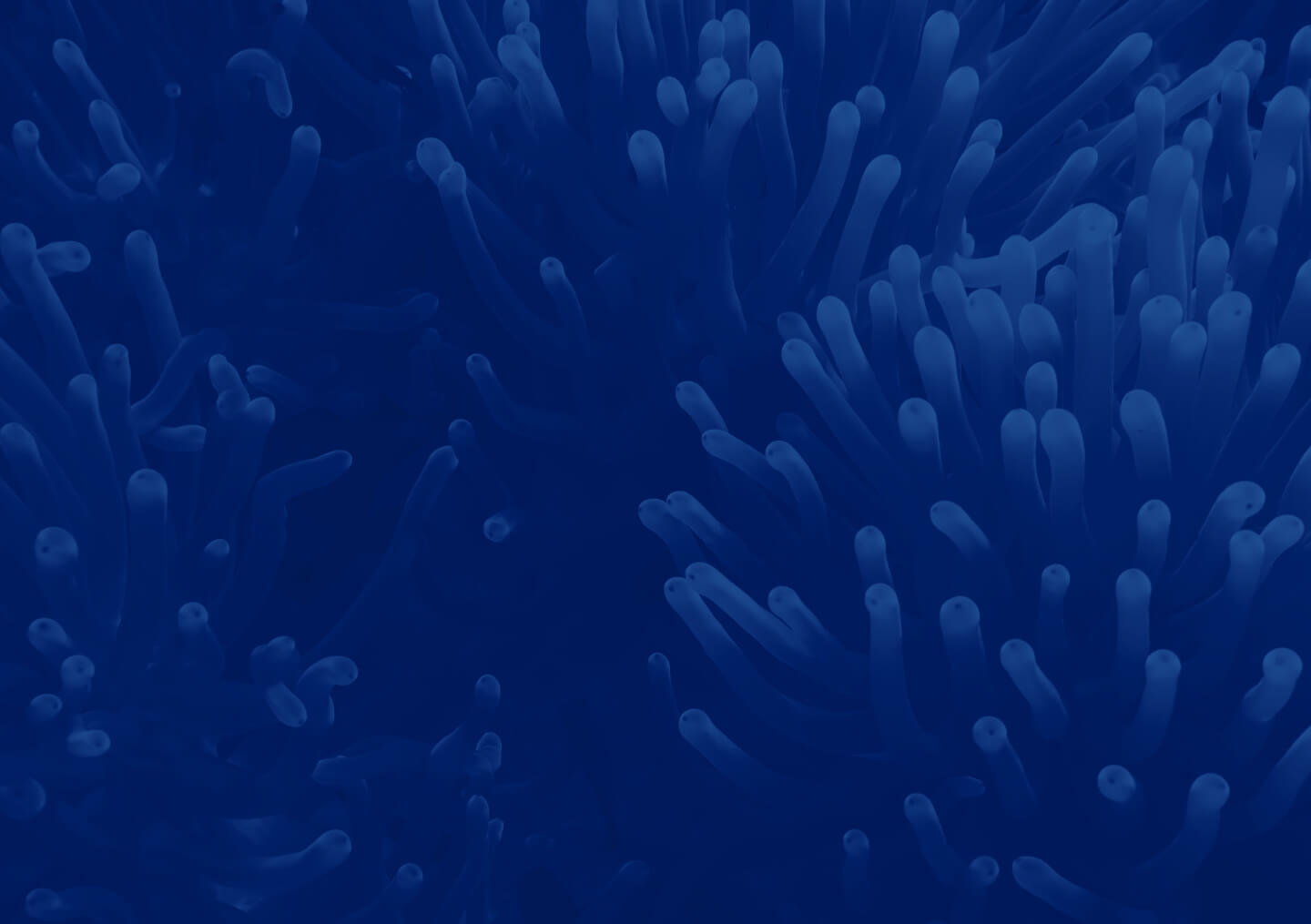Four great white sharks have been caught, sampled and released — three with location-tracking tags — so far during OCEARCH’s Expedition Nova Scotia, which is in progress with guidance from on-board Expedition Chief Scientist Dr. Bob Hueter, Senior Scientist at Mote Marine Laboratory and Chief Science Advisor for OCEARCH.
The Sept. 18-Oct. 12 expedition is the latest in a series of multi-institution efforts aboard the M/V OCEARCH in the Northwest Atlantic Ocean, begun in 2012. Expedition partners tag, track and collect samples from the North Atlantic white shark population to learn important life-history details needed for management and conservation, including where these sharks migrate, breed and give birth.
Expedition Nova Scotia supports 15 projects by 26 scientists at 19 institutions, including studies of: the sharks’ movements in the Atlantic Ocean; the influence of ocean processes on their distribution and population dynamics; white shark diet, health, reproductive processes, stress physiology, and the microscopic organisms they carry; and the impacts of microplastics and certain pollutants on white sharks. Read more about the expedition here.
“This has been one of the most productive and enjoyable OCEARCH expeditions ever,” said Dr. Hueter. “The natural beauty and people of Nova Scotia are wonderful and clearly the sharks like it here, too.”
So far, expedition partners have caught and released four white sharks, including three mature males fitted with satellite-transmitter tags. All four were caught in the same area just south of the town of Lunenburg.
- “Nova,” named for Nova Scotia, measuring just over 11 feet long, was tagged Sept. 24. He is the first white shark that OCEARCH or any other researcher has fitted with a SPOT tag in Canadian waters. A SPOT tag is a type of satellite tag that sends precise geographic location data to scientists when the shark’s fin surfaces. Nova’s tag has already begun to “ping,” showing that he was traveling south as of Sept. 27. See a map of Nova’s pings here.
- “Jefferson,” named for OCEARCH corporate sponsor Jefferson’s Bourbon, measuring 12 feet 7.5 inches long, was SPOT-tagged also on Sept. 24.
- “Hal,” named for the people of Halifax, measuring 12 feet 9.5 inches long, was SPOT-tagged Sept. 29.
- One immature male white shark, named “Shorty” because he was “only” about 10 and a half feet long. He was too small for satellite-tagging as per OCEARCH’s Canadian permit for this expedition but was sampled and released on Sept. 30, benefiting multiple studies just the same.
Follow Expedition Nova Scotia on social media! See OCEARCH on Facebook and Twitter


